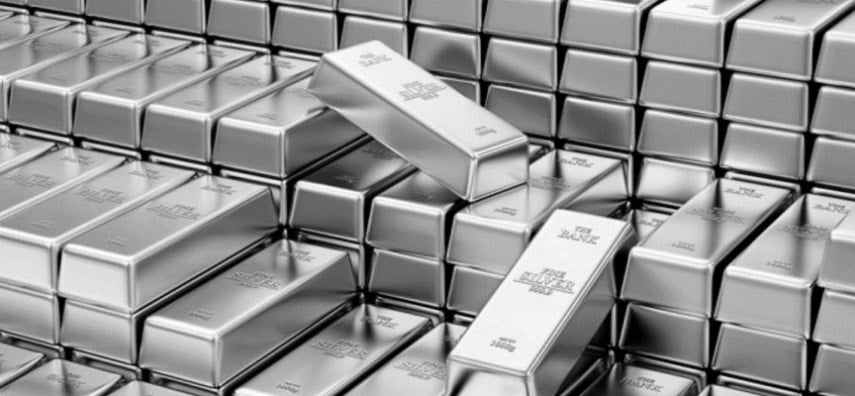
Silver - The Relationship between Purity, Carats and Fineness
Share
Silver is regarded as a soft, pliable metal with a distinctive lustre that is readily accessible. Of all metals, it possesses the best thermal and electrical conductivities. It is often found in uncombined form, or in ores containing arsenide or sulphur, from which it may be recovered as a cyanide complex, which is then reduced to the metal in aqueous solution using zinc.
The pure metal is resistant to oxygen and water, but it is attacked in the air by compounds containing sulphur, which results in the formation of the distinctive black coating of silver sulphide. Nitric and sulfuric acids can dissolve it.

AgI, AgBr, and AgCl are a few examples of silver salts that are light-sensitive and crucial to photography. Other sectors and uses for silver include the electrical sector (for instance, in the production of contacts), jewellery production (both as a component of various alloys and as pure metal), and silvering of glass.
Most nations currently use the millesimal standard to define the purity or fineness of silver alloys. The purity of the alloy is represented by a number in this method. Parts per thousand were used to describe purity in the number.
Prior to the introduction of the millesimal system, silver fineness was measured in carats. While the millesimal value is often required and the carat value is now optional, the fineness of silver alloys must be stamped or hallmarked into each piece.
Table 1. Some of the most common fineness denominations used.
| Fineness | Common Name | Purity (wt.%) |
|---|---|---|
| 999 | Fine or pure silver | 99.9 |
| 958 | Brittania | 95.8 |
| 925 | Sterling silver | 92.5 |
| 800 | Jewellery silver | 80 |
Below are some designer Indian silverware collections made primarily using 999 fine silver

Pure silver is typically very soft and malleable, hence it is commonly alloyed to increase its hardness and durability for applications such as jewellery. It is typically alloyed with copper in this instance, with sterling silver being one of the most popular alloys, containing 7.5% copper. Copper is used as it is a hardening agent and does not discolour the silver.
